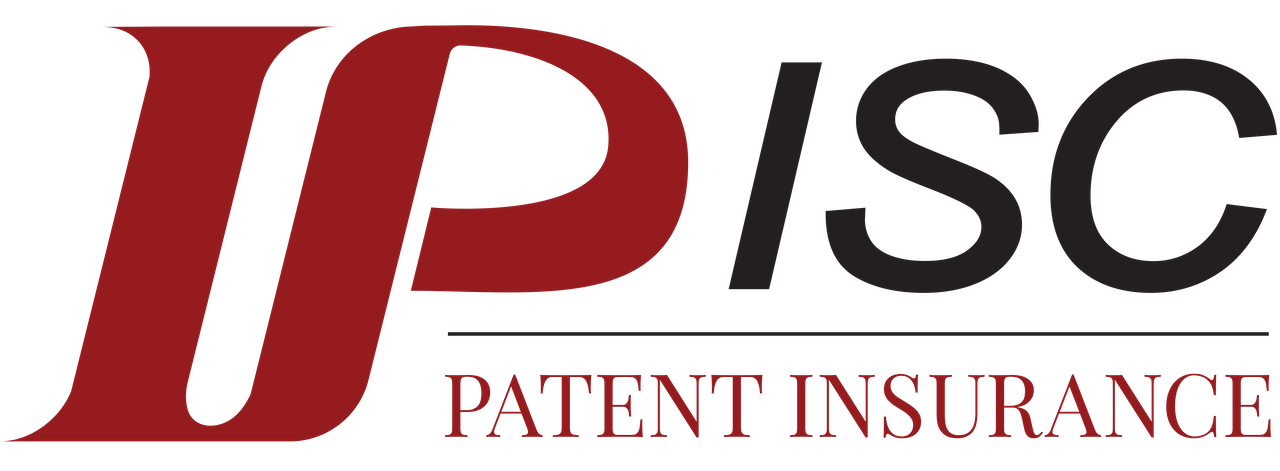As companies develop Artificial Intelligence (“AI”) models further, the ramifications of their use continue to grow. Teaching image-generating and large language model AIs is no small task, and the amount of information fed to them can be massive. Disputes are arising over the source of data, as well as who should be the “owner” of the outputs. This year’s rash of AI-centric legal battles started in February 2023, with the US Copyright Office’s final denial of Kris Kashtanova’s attempts to copyright AI generated images.
Using Midjourney—a command-based image generating AI—Kashtanova penned the comic Zarya of the Dawn and sought to have the work copyrighted. The US Copyright Office, in a crucial decision after multiple appeals, denied Kashtanova the right to register copyright to the images. However, Kashtanova was granted the rights for the text included in the comic, as she was the sole author of the text. This decision follows the verdict from AI comic A Recent Entrance to Paradise’s appeal from only a few weeks prior, and shows that the US Copyright Office is cementing its stance on AI-generated material. As of now, all copyrightable works must be principally made by human creativity, regardless of the creator’s “sweat of the brow.” This means that the time, effort, skill, and cost of creating a work have no bearing on whether a work ought to be copyrightable or not.
While the decision has been made, the future of generative AI is still uncertain. Objections to this ruling claim that generative AI are mere implements to foster human creativity. Photographs are works that are wholly capable of having copyright protection—they are images, fostered by a human mind’s creativity, but captured and produced through use of a tool. What sets AI apart from this is unclear. In regard to Zarya, the US Copyright Office merely stated that the extensive commanding and editing done by AI users to generate images does not satisfy the requirement of an “implement”.
While this decision somewhat settles the debate over the protection of AI generated images, generative AI itself is being challenged in courts across the country. One lawsuit, led by comedian Sarah Silverman, brings another question to the table.
Silverman, leader of two class action lawsuits, is suing Meta and OpenAI for copyright infringement, as the companies have trained their large language model AIs using her copyrighted works without purchase or permission. Specific to the suit against OpenAI, the authors (Silverman, Christopher Golden and Richard Kadrey) provide exhibits of ChatGPT summarizing their books—which they claim violates their copyrights. Furthermore, the chatbot fails to produce copyright notices within each of the authors’ books.
Both of the OpenAI and Meta lawsuits allege that “OpenAI’s ChatGPT and Meta’s LLaMA were trained on illegally-acquired datasets containing their works, which they say were acquired from ‘shadow library’ websites like Bibliotik, Library Genesis, Z-Library, and others.” The works from the websites that ChatGPT and LLaMA scraped were not “publicly available content,” and would have required purchase had they not been illegally uploaded. Both lawsuits claim multiple copyright violations, negligence, unjust enrichment, and unfair competition, and the authors are looking for statutory damages and restitution of profits, among other things.
AI Companies OpenAI and Meta are steadfast in their stances amidst the dozens of lawsuits. The companies purport that their AIs’ creations are fair use. They argue that training their AIs on public data—scraping websites—is not copyright infringement, seeing as the AI outputs rarely resemble source material to the degree necessary to prove infringement. They also claim that the AI outputs are transformative and cannot be considered infringement. In the world of the arts, where everyone is inspired by everyone, AI is merely doing the same.
These lawsuits are only two of the many that are currently unfolding. Technology companies are fighting for their ability to continue to test and develop their inventions, and to protect the practices they employ to teach them—one of the reasons that OpenAI does not disclose their AIs learning data. Artists are trying to protect their copyrighted works from infringement while seeking transparency from the companies that have acquired their works illicitly and have used them without permission.
These issues walk the line between the importance of protecting existing intellectual property while encouraging the further development of technology and creative works—the beating heart of copyright and patent law. The law is still trying to find the balance between adjudicating genuine complaints of copyright violation and allowing the tech industry to develop without unnecessarily restrictive limits. In the near future, we are likely to see the answers to this dilemma.
What constitutes as use and fair-use, when it comes to AI? Do AI companies need to get explicit permission to use copyrighted works? What kind of recovery—if any—is owed to copyright owners if their copyright is infringed upon by AI?
All businesses run the risk of having their intellectual property assets infringed by others. Copyright infringement can cause substantial damage to businesses in the form of diversion of trade, loss of profits, and a diminishment in the value of its designs and products, rights, and reputation. Insuring your business’s intellectual property rights is something the experts here at IPISC have been doing for over thirty years! If you’re interested in defending your intellectual property against future infringers or trolls, click here and get connected with us!
 Written by Madison Bosa.
Written by Madison Bosa.
IPISC intern.


